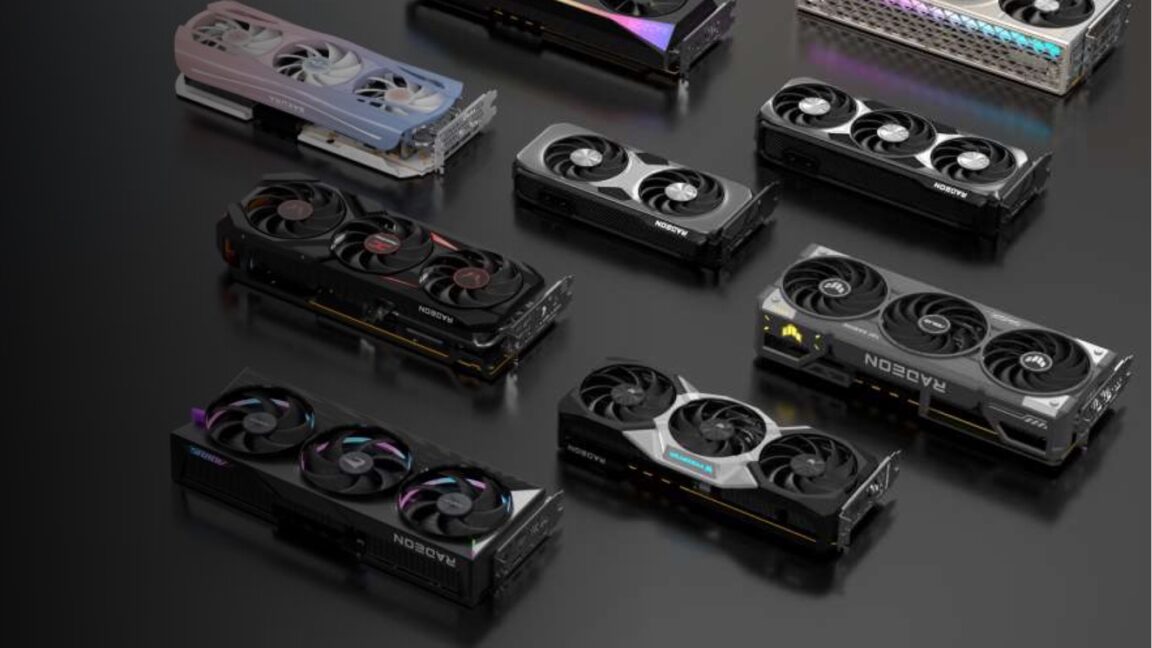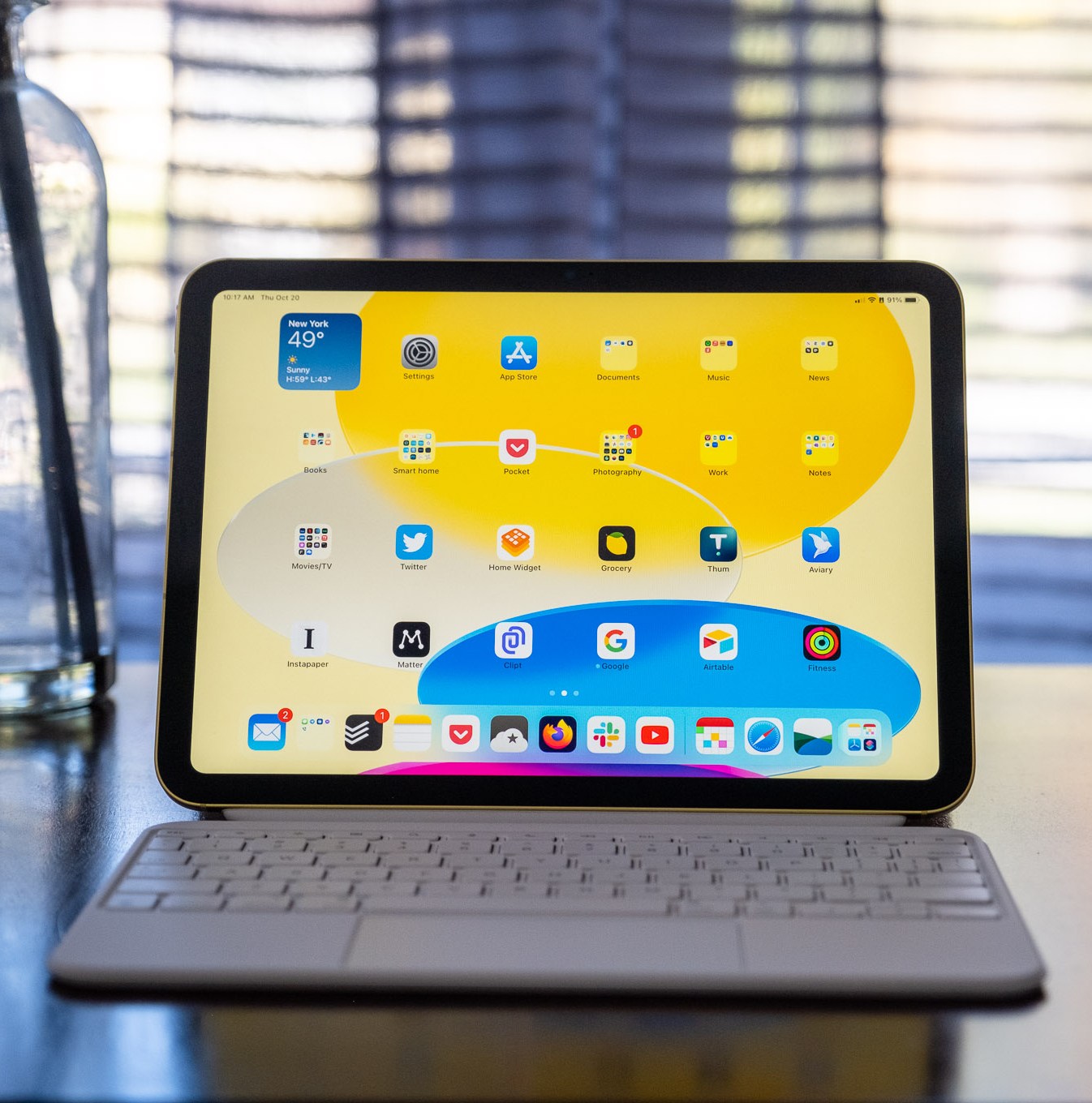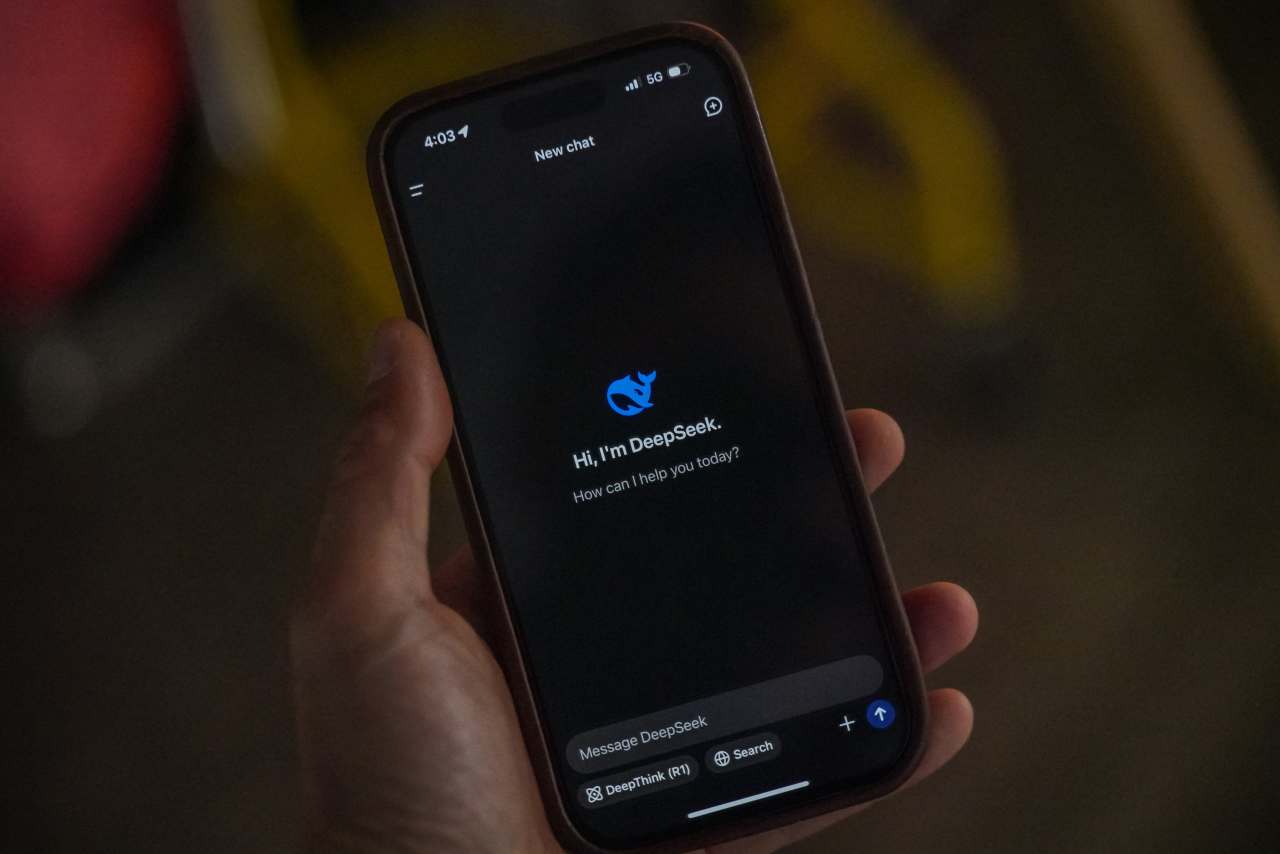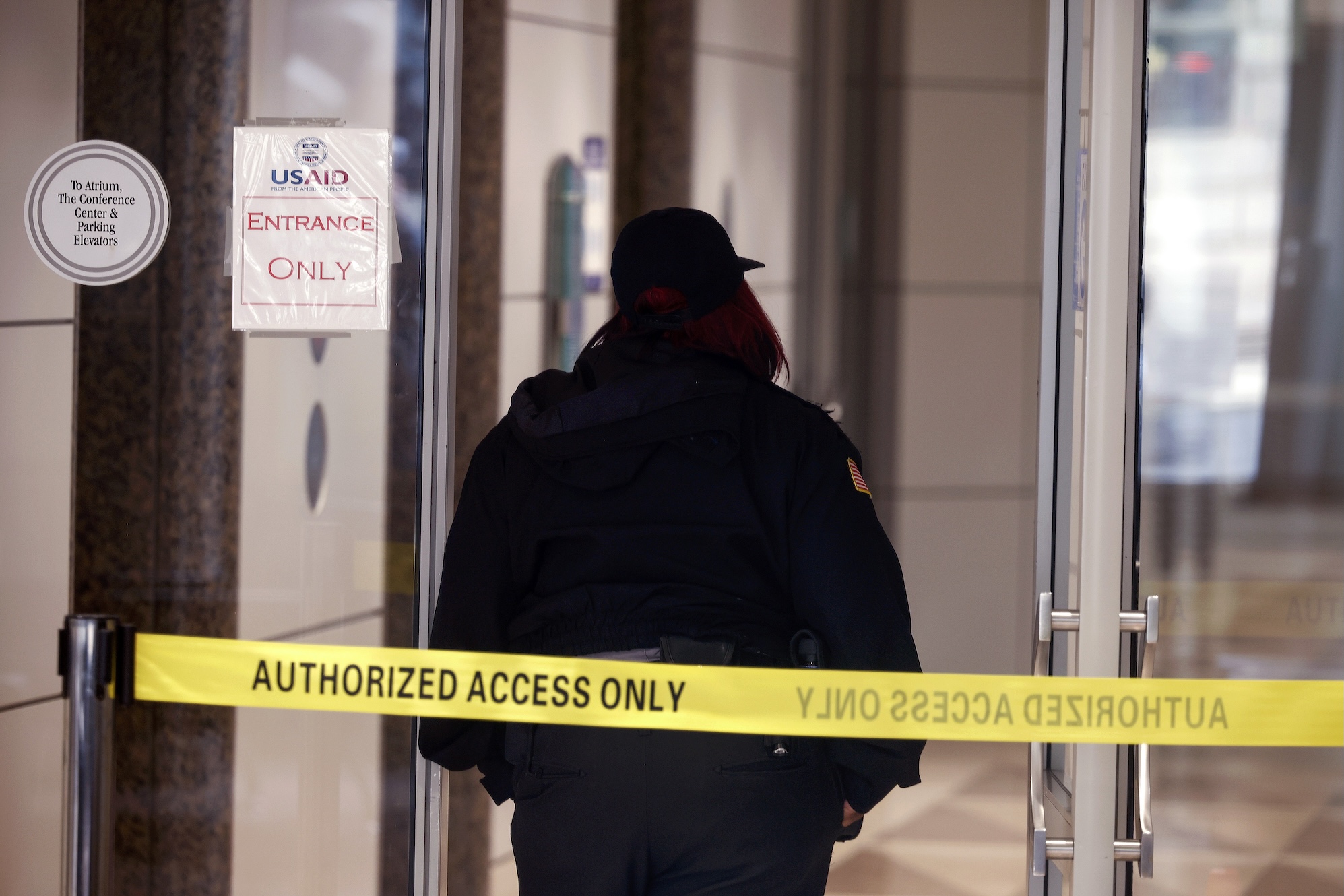Edit Content
Trending






| Lice Symptoms | Dandruff Symptoms | |
| Itching | Intense scalp itching | Mild to moderate scalp itching |
| Specks or Flakes | Visible nits (eggs) firmly attached to hair shafts, resembling white or yellowish specks | White or yellowish flakes on the scalp and hair that may fall onto shoulders and clothing |
| Scalp Changes | Live lice crawling on the scalp, which resemble light-brown sesame seeds | Excessively oily or dry scalp |
| Scalp Appearance | Small, red bumps or crusty sores on the scalp and/or neck | Scalp redness or irritation |
| Other Symptoms | Tickling or crawling sensation on the scalp; swollen lymph nodes in your neck | Depending on the type of dandruff, oily or stringy hair |
While lice and dandruff affect the scalp, the two have several important differences.
Head lice are highly contagious and spread through direct head-to-head contact or the sharing of personal items like hats, combs, and pillowcases. While lice cannot fly or hop, the tiny parasites are fast crawlers, traveling up to 9 inches (23 centimeters) per minute. This movement allows them to transfer quickly during brief contact.
Children are particularly susceptible to lice infestations because their play often involves close physical activities. This is why some schools and daycares require children to stay home until lice treatment is complete.
Dandruff is not contagious, meaning you can’t acquire it from another person. Dandruff doesn’t require any special isolation or preventive measures beyond regular hair hygiene and appropriate hair care products.
Head lice are an infestation of the parasitic insect Pediculus humanus capitis, which lives on the scalp and feeds on blood. Lice are not a sign of poor personal hygiene or a dirty home environment—anyone who has close contact with or shares personal items with someone who has lice can get them.
Dandruff has several possible causes, the most common of which are excessive sebum (oil) production on the scalp and the overgrowth of yeast on the skin (Malassezia). When the scalp produces too much sebum, it can lead to yeast overgrowth and dandruff.
Scalp irritation, skin sensitivity to ingredients in some hair care products, and environmental factors like cold or dry weather can also cause dandruff.
Treatment approaches for lice and dandruff address the conditions’ underlying causes. Lice requires prompt treatment to eliminate the infestation, while dandruff treatment is less urgent.
Treating lice involves using special shampoos, such as Nix (permethrin lotion 1%) or Triple X (pyrethrin). These shampoos contain pediculicides—chemicals that kill adult lice and eggs—and are available as over-the-counter (OTC) or prescription options.
Most treatments require at least two applications about a week apart and thorough combing using a nit comb to remove dead lice and eggs. It’s also important to wash items that came into contact with the infected person’s head (like hats and bedding) in hot water to prevent reinfestation.
Dandruff treatments rely on medicated shampoos containing active ingredients such as zinc pyrithione, salicylic acid, selenium sulfide, ketoconazole, or coal tar. These ingredients target the underlying causes of dandruff, such as yeast overgrowth or an oily scalp.
If OTC options don’t resolve the issue, a healthcare provider may recommend prescription shampoos or topical medications to address stubborn dandruff.
Although people of all ages can have lice or dandruff, they primarily affect different age groups.
Head lice are most common in children 3-11 years old. Children often play together in close physical contact and spend time in group settings like schools or daycare centers, making it easier for lice to spread.
Dandruff typically develops after puberty and is more common in adolescents and adults. Hormonal changes during puberty often increase scalp oil production, which can contribute to dandruff. Although dandruff is rare in young children, it may appear in infants as cradle cap, a temporary condition that usually goes away without treatment.
Despite their differences, lice and dandruff share some commonalities.
Both lice and dandruff affect the scalp and cause similar scalp symptoms, such as itching, irritation, redness, and white flakes.
Head lice typically only affect the scalp, but severe infestations may spread to other areas, such as the eyebrows or eyelashes.
Like lice, dandruff primarily affects the scalp. It can also extend to other areas of the body with sebaceous (oil-producing) glands, including the eyebrows, the sides of the nose, behind the ears, and the chest.
Experiencing lice or dandruff can affect your social and emotional well-being. People with either condition may feel self-conscious about itching or visible signs of lice or dandruff. Feelings of embarrassment, reduced self-esteem, and social anxiety are common.
These psychological effects can be especially challenging for school-aged children and teenagers who may face social stigma or teasing from peers.
Lice and dandruff can also interfere with getting a good night’s sleep and affect daily activities like work, school, and participation in social activities.
Successful treatment of both lice and dandruff hinges on consistent and proper treatment.
Whether completing the entire course of lice treatment (including the second application) or using anti-dandruff shampoo as directed, skipping steps or stopping treatment too soon can lead to a lice reinfestation or worsening dandruff.
Even after initial treatment, it is important to monitor scalp health if you have experienced lice or dandruff. Regular monitoring can prevent lice and dandruff from becoming recurrent.
With head lice, you may need to perform regular head checks for several weeks after treatment to remove any lingering eggs that can hatch and prevent reinfestation.
With dandruff, you should monitor the appearance and health of your scalp regularly and adjust your hair care routine as needed.
It’s possible to have head lice and dandruff at the same time. One does not affect your chances of developing the other, as their causes are completely different.
Since they cause similar symptoms, having one condition may make it harder to identify the other. Flaking skin from dandruff may make it harder to spot lice eggs, while scratching from lice could aggravate dandruff symptoms.
Lice and dandruff are usually manageable at home, but certain situations may warrant visiting your healthcare provider.
Consider seeing a primary care provider or dermatologist (a doctor specialized in conditions of the skin, hair, and nails) if:
A provider can make a diagnosis and recommend effective treatments, especially if symptoms are persistent or severe.
Lice and dandruff are common conditions that can affect scalp health and cause similar symptoms, like itching, flaking, or irritation.
Lice are parasitic insects that spread through close contact and require prompt treatment with medicated shampoos.
Dandruff is a noncontagious skin condition associated with oil overproduction, yeast overgrowth, and dry skin. Medicated anti-dandruff shampoos can help manage dandruff.
If OTC treatments are ineffective, your healthcare provider can examine your scalp and recommend a more effective treatment.
©2024. Livebuzznews. All Rights Reserved.